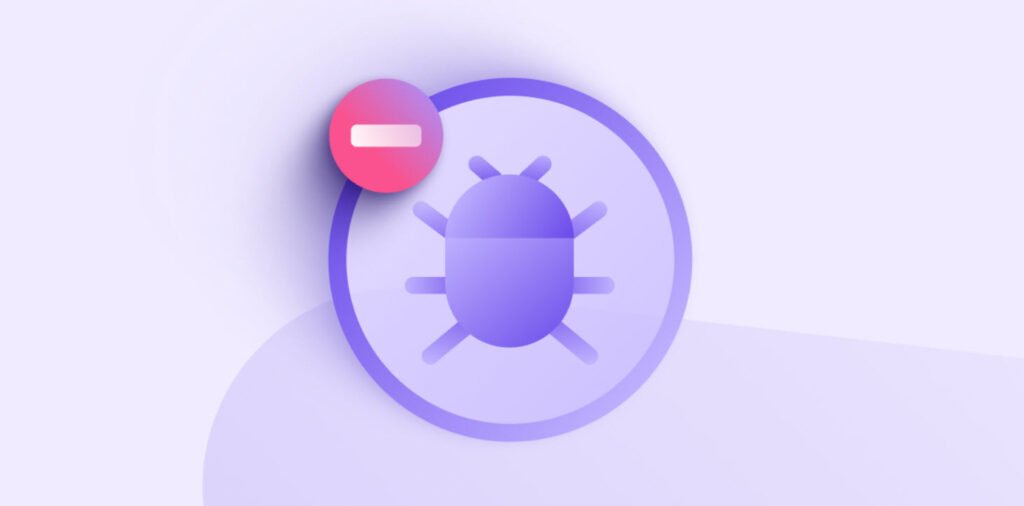In the ever-evolving landscape of cybersecurity threats, malware remains a constant adversary, perpetually adapting and redefining its tactics to exploit vulnerabilities. One such prominent name that emerged on the scene in 2002 was Agobot, also known as Gaobot. Its modular design and sophisticated functionalities marked a significant advancement in the world of malicious software, allowing it to wreak havoc on compromised systems.
This article delves into the origins, architecture, capabilities, and impact of Agobot, shedding light on its complex nature and the challenges it posed to cybersecurity experts.
Agobot burst onto the malware scene in 2002, introducing a new era of modular design that set it apart from its predecessors. This novel approach involved infecting a system with distinct modules, each with its designated purpose and functionality.
The result was an agile and versatile malware that could be customized and expanded with ease, rendering traditional defense mechanisms inadequate.
Agobot’s modular structure encompassed three distinct modules, each contributing to its malicious agenda.
1. Initial Module: The first module delivered contained the core components of the IRC (Internet Relay Chat) bot client and a remote access backdoor. This laid the foundation for the malware’s communication capabilities and its ability to be controlled by malicious actors.
2. Module 2: Antivirus Evasion: This module was designed to identify and shut down antivirus processes, effectively neutralizing the system’s primary defense mechanisms. By targeting and disabling these processes, Agobot ensured a safe haven for its own activities.
3. Module 3: Web Access Restriction: Agobot’s third module was tasked with preventing users from accessing a specific list of websites, typically those belonging to antivirus vendors. This strategic move hindered victims’ ability to seek assistance and updates from reputable sources.
Agobot’s distinctiveness extended beyond its modular architecture. The malware spread itself through a blend of IRC and peer-to-peer (P2P) file-sharing applications like Kazaa, Grokster, and Bear Share.
The IRC channel acted as the Command and Control (C&C) center, facilitating remote communication and control by the botmaster. Simultaneously, Agobot employed P2P networks for distribution, thereby enhancing its reach and infecting a larger number of vulnerable systems.
Capabilities
Agobot’s multifaceted capabilities solidified its status as a formidable threat in the cybersecurity realm:
- Vulnerability Scanning: Agobot was equipped to scan for specific vulnerabilities, identifying potential entry points for exploitation.
- DDoS Attacks: The malware could launch various Distributed Denial of Service (DDoS) attacks, capable of overwhelming target websites or services with traffic, causing disruptions.
- CD Key Harvesting: Agobot had the ability to hunt for CD keys used in games, a lucrative asset in the world of cybercrime.
- Antivirus Interference: Its capability to terminate antivirus and monitoring processes weakened the system’s defenses, allowing Agobot to operate without restraint.
- Web Access Restraint: By manipulating the host files, Agobot prevented users from accessing antivirus vendor websites, further isolating victims.
- Bagle Worm Interaction: Agobot detected systems infected with the Bagle worm and terminated its processes, asserting dominance over competing malware.
- Rootkit Concealment: Agobot employed rootkit technology to hide itself, making detection and removal a challenging endeavor.
- Anti-Reverse Engineering Techniques: The malware incorporated techniques to thwart reverse engineering attempts, preserving its malicious integrity.
A Web of Intrigue: Related Bots
Agobot was not alone in its quest for cyber dominance. Other related bots, such as Phatbot, Forbot, Polybot, and XtremBot, added their unique twists to the malware landscape. Phatbot, for instance, introduced the use of WASTE, a P2P protocol for C&C that leveraged public key cryptography, exemplifying the continuous innovation within the realm of cyber threats.
Conclusion
Agobot’s emergence in 2002 marked a significant turning point in the evolution of malware, introducing the concept of modular design that revolutionized the tactics employed by malicious actors. Its ability to adapt, propagate, and execute a range of malicious activities challenged the cybersecurity community to develop innovative defense mechanisms.
While Agobot itself may have waned in prevalence over time, its legacy endures as a cautionary tale, highlighting the ongoing battle between cybercriminals and defenders in the digital frontier. As technology advances, so too must our strategies for safeguarding the digital realm from threats like Agobot and its successors.



